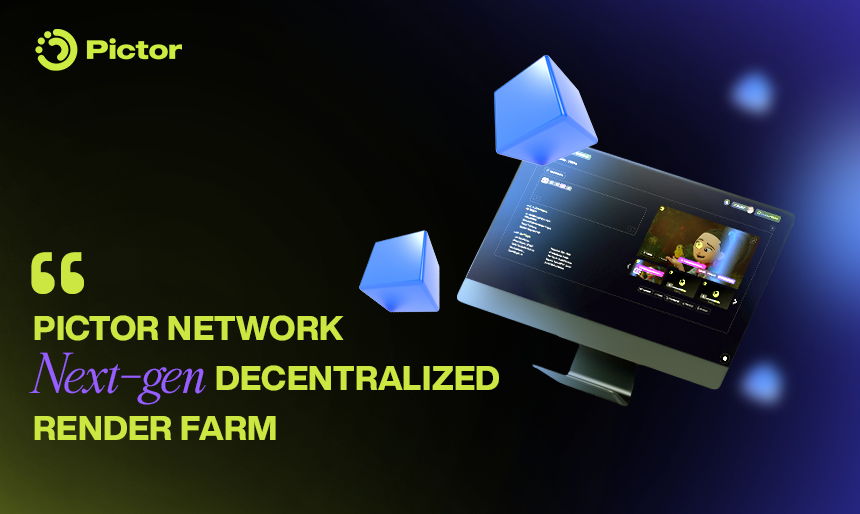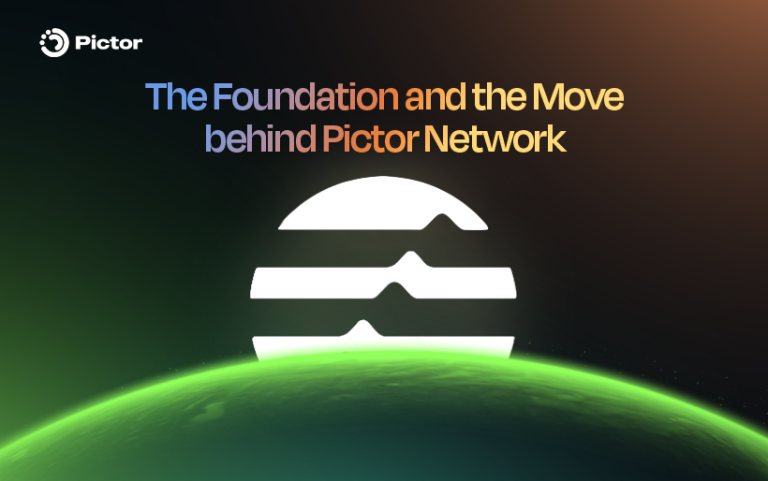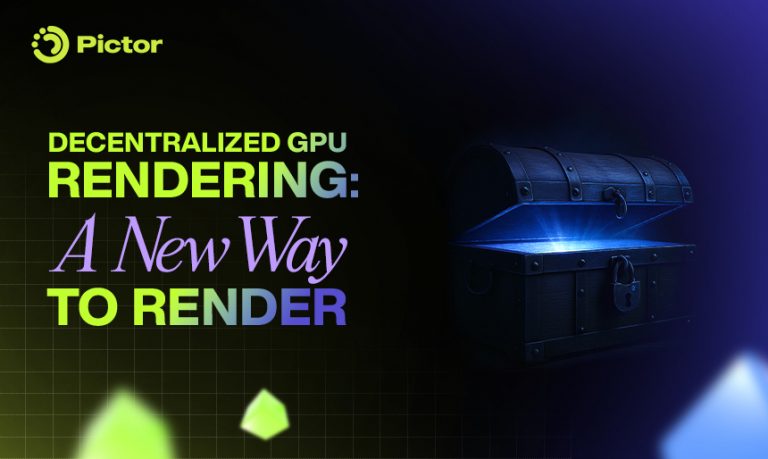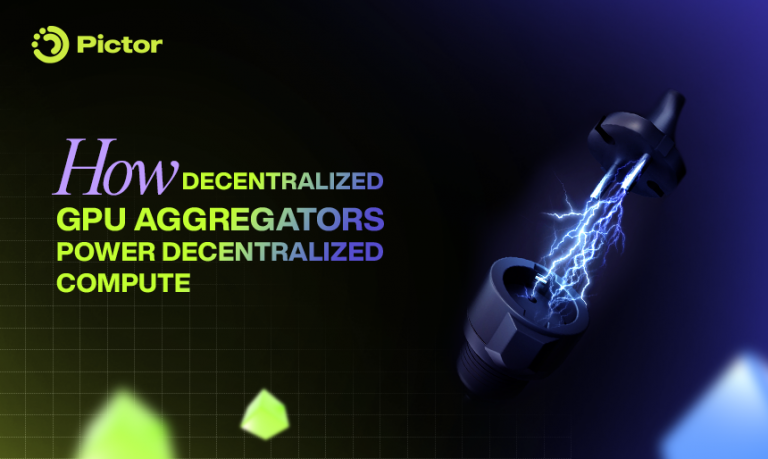Introduction: Rendering Is Broken
Rendering is the lifeblood of digital creativity. Whether you’re animating a short film, building a gaming metaverse, or training generative AI models, you need raw compute.
But here’s the catch: Today’s rendering infrastructure is still stuck in the past. Centralized render farms dominate the market, locking creators into rigid systems, unpredictable pricing, and zero transparency. It’s a walled garden, and creators are paying the price.
The world has changed. Web3 is here. AI is exploding. Compute is the new oil. But our rendering systems are still running on the rules of Web2.
Pictor Network is here to change that.
The Evolution of Render Farms
1. Traditional Render Farms
In the beginning, there were centralized render farms. Think fixed infrastructure, dictated pricing, and zero control. These systems were built for large studios with massive budgets, not for independent creators, small teams, or Web3-native teams. GPU selection is restricted, queue times are arbitrary, and you have no idea how your job is prioritized. Worst of all? You pay whatever rate they decide.
This model works great if you’re Pixar. For everyone else, it’s a bottleneck.
2. First-Gen Decentralized Render Farms
As Web3 gained momentum, the first wave of decentralized render networks emerged. These platforms offered a fresh alternative: tokenized access to GPU providers, peer-to-peer job submission, and partially open markets. It was a major leap forward. But the decentralization only went so far.
Pricing was still governed by the protocol. Software compatibility was limited. Some jobs were verified off-chain. Creators had more freedom but not full sovereignty.
It was decentralization with training wheels.
3. Pictor Network: The Next-Gen Decentralized Render Farm
This is where the game truly changes.
Pictor Network isn’t just a more decentralized version of what came before, it’s a ground-up reimagination of how rendering should work in a permissionless world. Rather than simulating a marketplace, Pictor Network is a marketplace: global, democratic, and fully decentralized.
GPU Providers around the world, from individuals with spare RTX cards to data centers with A100 clusters, can join the network permissionlessly. Pictor Network supports a wide variety of GPUs, including NVIDIA and AMD.
But what really sets Pictor Network apart is choice.
Unlike traditional or first-gen platforms, Pictor Network lets creators select the exact hardware they want at the price they’re willing to pay. GPU Providers set their own rates. The market decides what’s fair. Creators can filter by performance, price, availability, and even software compatibility. It’s computing as a free market, not as a service.
All coordination is done on-chain, from job submission and validation to reward distribution. Pictor Network is built on blockchain, not bolted onto it. It integrates seamlessly with decentralized data storage protocols, ensuring that input files, outputs, and logs can live off centralized infrastructure. This makes every job verifiable, trackable, and provably fair.
Validation doesn’t require re-rendering or exposing your files and data. Pictor Network’s Checker Node system verifies job completion using metadata and logs, a method that’s both efficient and private. No middlemen – No disputes – Just transparent validation logic embedded into the protocol itself.
Beyond raw rendering, Pictor Network integrates optional AI-powered upscaling, allowing creators to boost resolution without re-rendering entire scenes. What’s usually a separate post-processing step is now built directly into the Pictor workflow — no extra tools, no third-party services. It’s rendering and refinement, all in one seamless pipeline.
In short, Pictor Network doesn’t just decentralize access; we decentralize everything: infrastructure, pricing, logic, validation, storage, and value capture. This is what next-generation rendering looks like.
From Rendering to a Decentralized Compute Economy
The story doesn’t end with 3D rendering because rendering is just the beginning.
What Pictor Network enables isn’t just a cheaper or faster way to produce frames. It’s a new way to think about compute itself: programmable, composable, and trustless. Just like Sui brings logic to assets, and Walrus brings structure to storage, Pictor Network brings coordination to GPU power.
Every render job becomes a verifiable, on-chain object. Every GPU is a programmable, stake-backed microservice. Storage is modular. Pricing is dynamic. Validation is transparent. This isn’t cloud 2.0, it’s compute built for an open, on-chain internet.
That means artists, developers, studios, and AI builders finally have the infrastructure they need: one that doesn’t just deliver results but delivers freedom: Freedom to choose, Freedom to verify, and Freedom to scale without asking permission.
And as the testnet approaches, now’s the time to get involved, whether you’re here to render, provide compute, validate jobs, or just explore what’s possible when compute is finally unlocked.
Join the Movement
Pictor Network is more than a render farm — it’s your gateway to the decentralized compute economy.
Explore more:
- 🌐 Website: https://pictor.network/
- 🐦 X: https://x.com/pictor_network
- 💬 Telegram Community: https://t.me/pictor_community
- 📢 Telegram Channel: https://t.me/pictor_channel
- 🎮 Discord: https://discord.com/invite/gpcXrp3tvh
- 💼 LinkedIn: https://www.linkedin.com/company/pictor-network
- ▶️ YouTube: http://www.youtube.com/@Pictor_network
Let’s build the future of compute — together!




